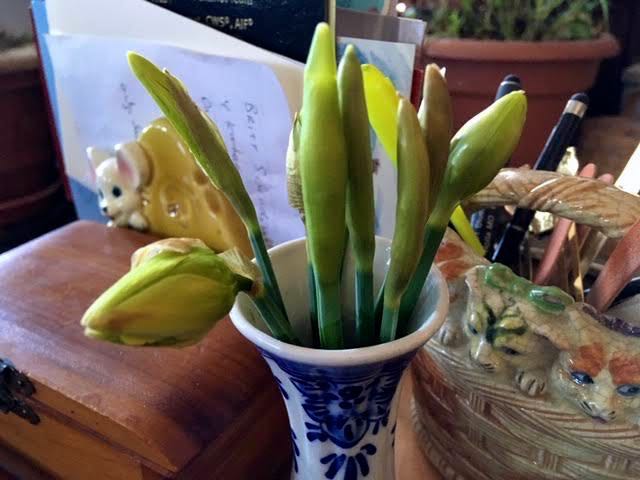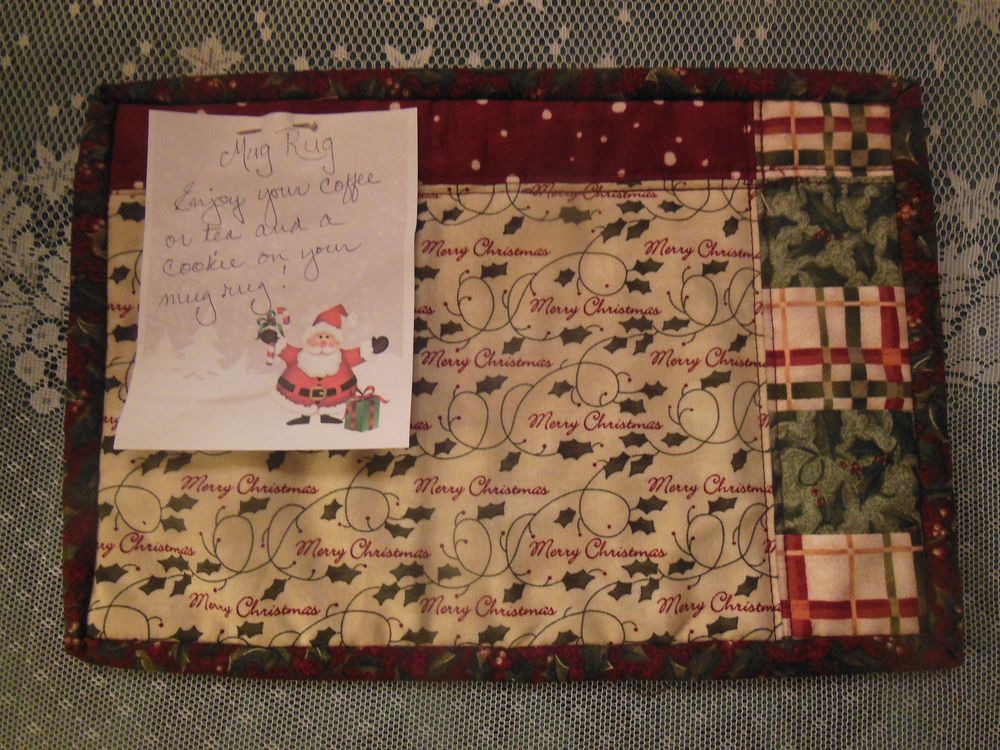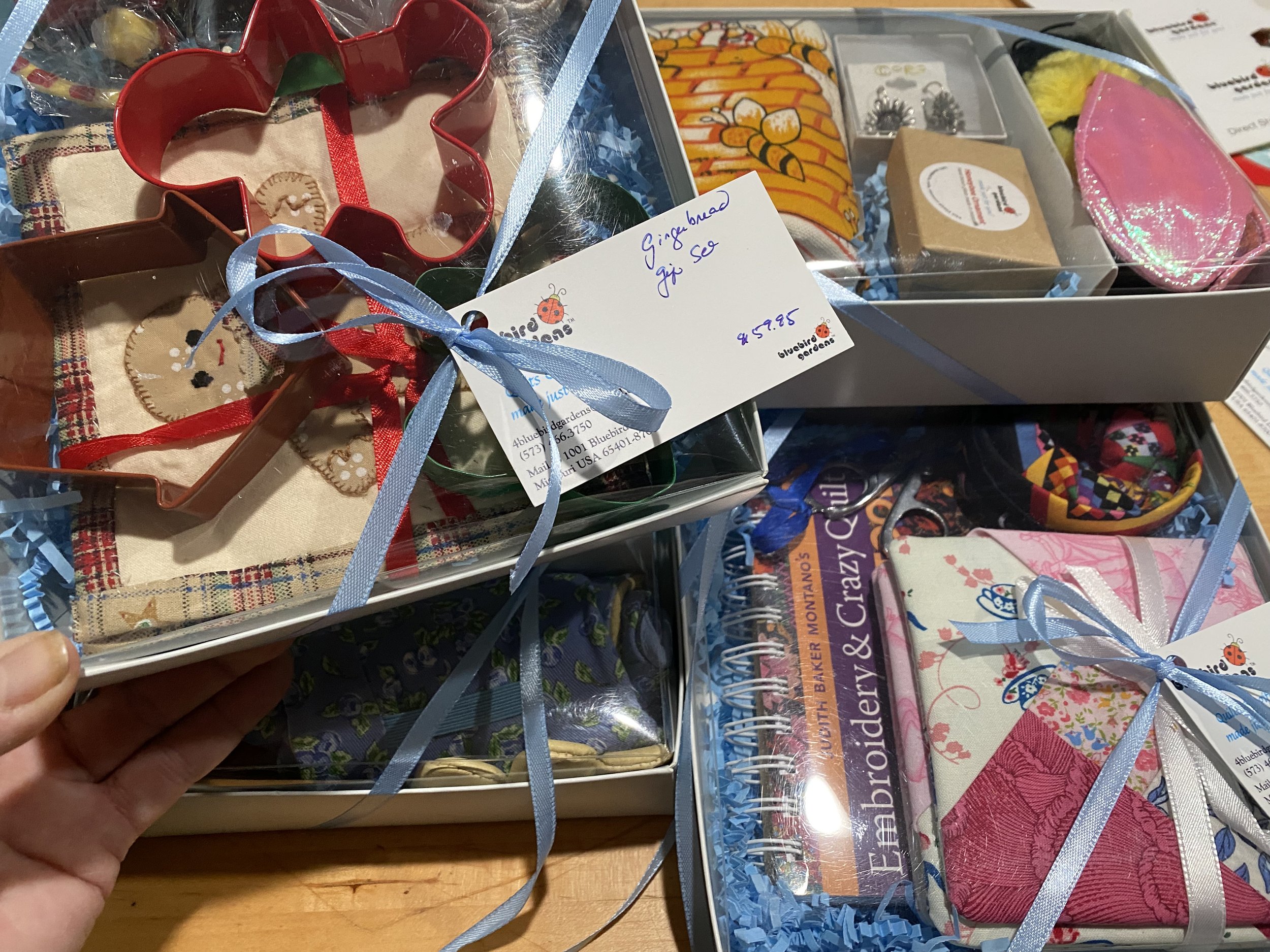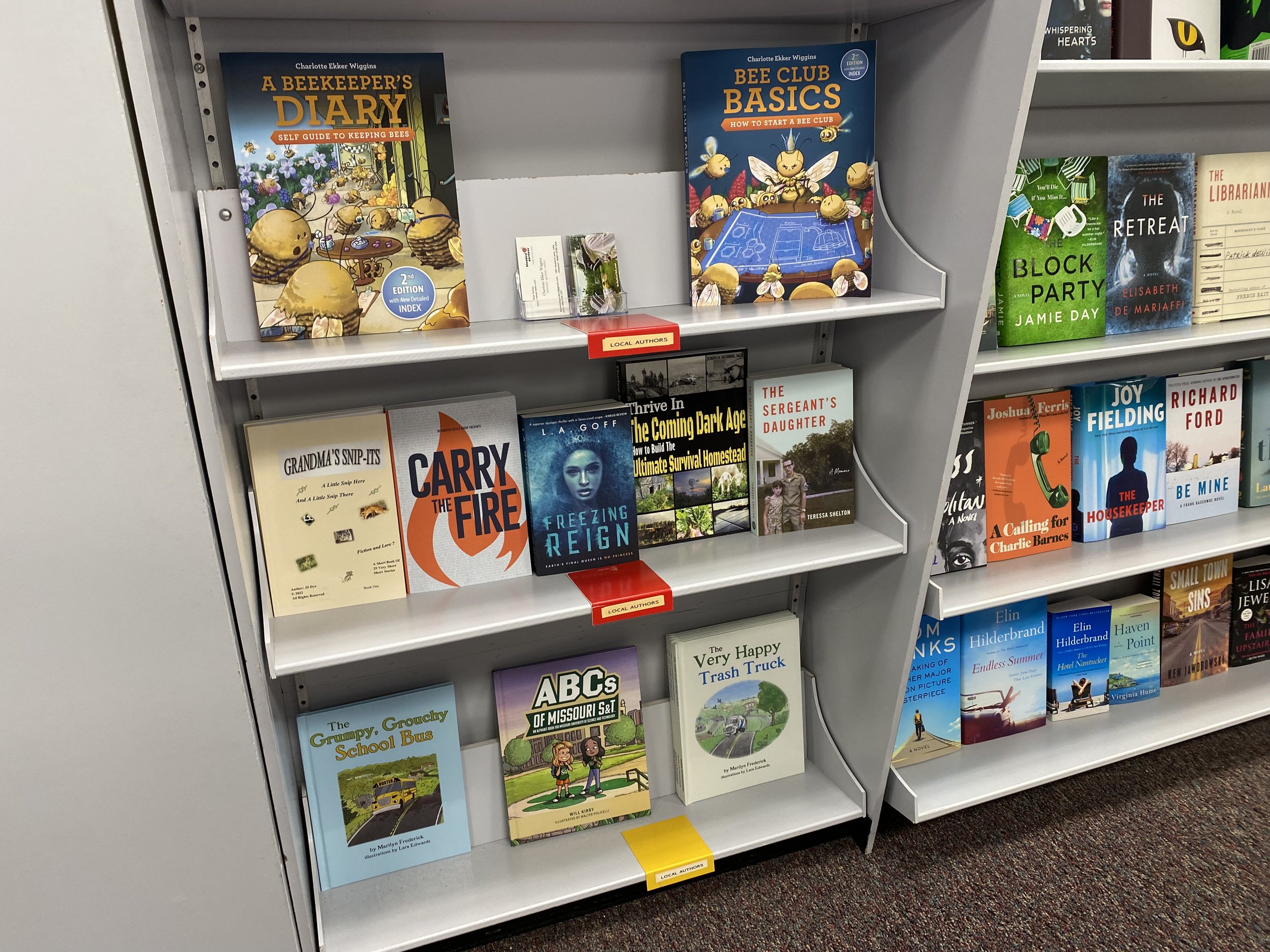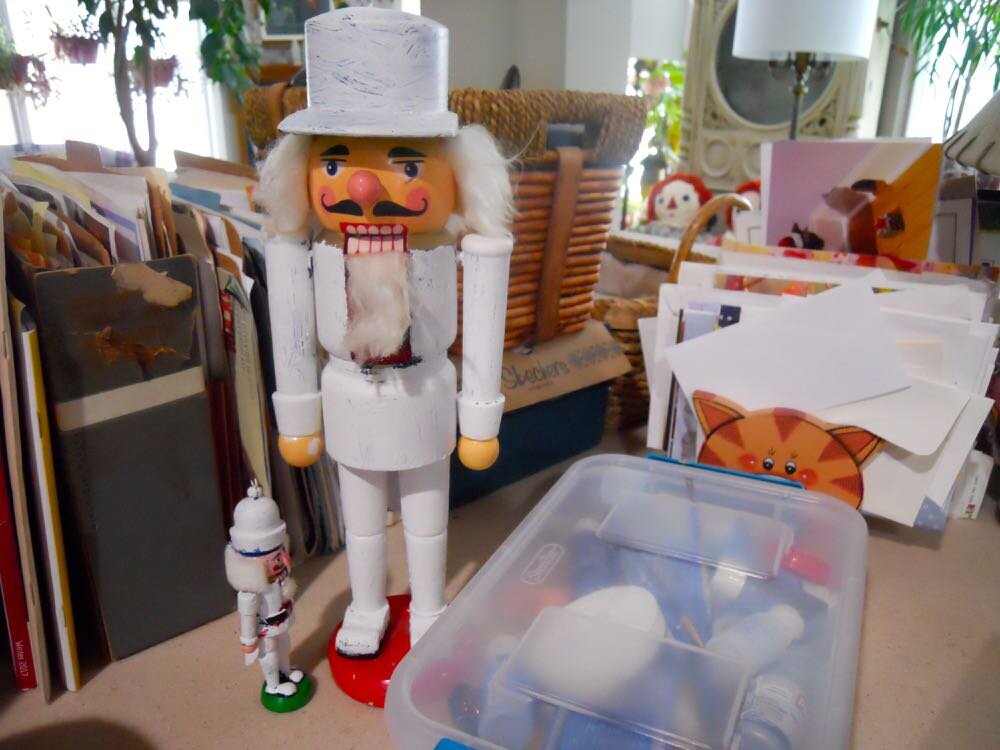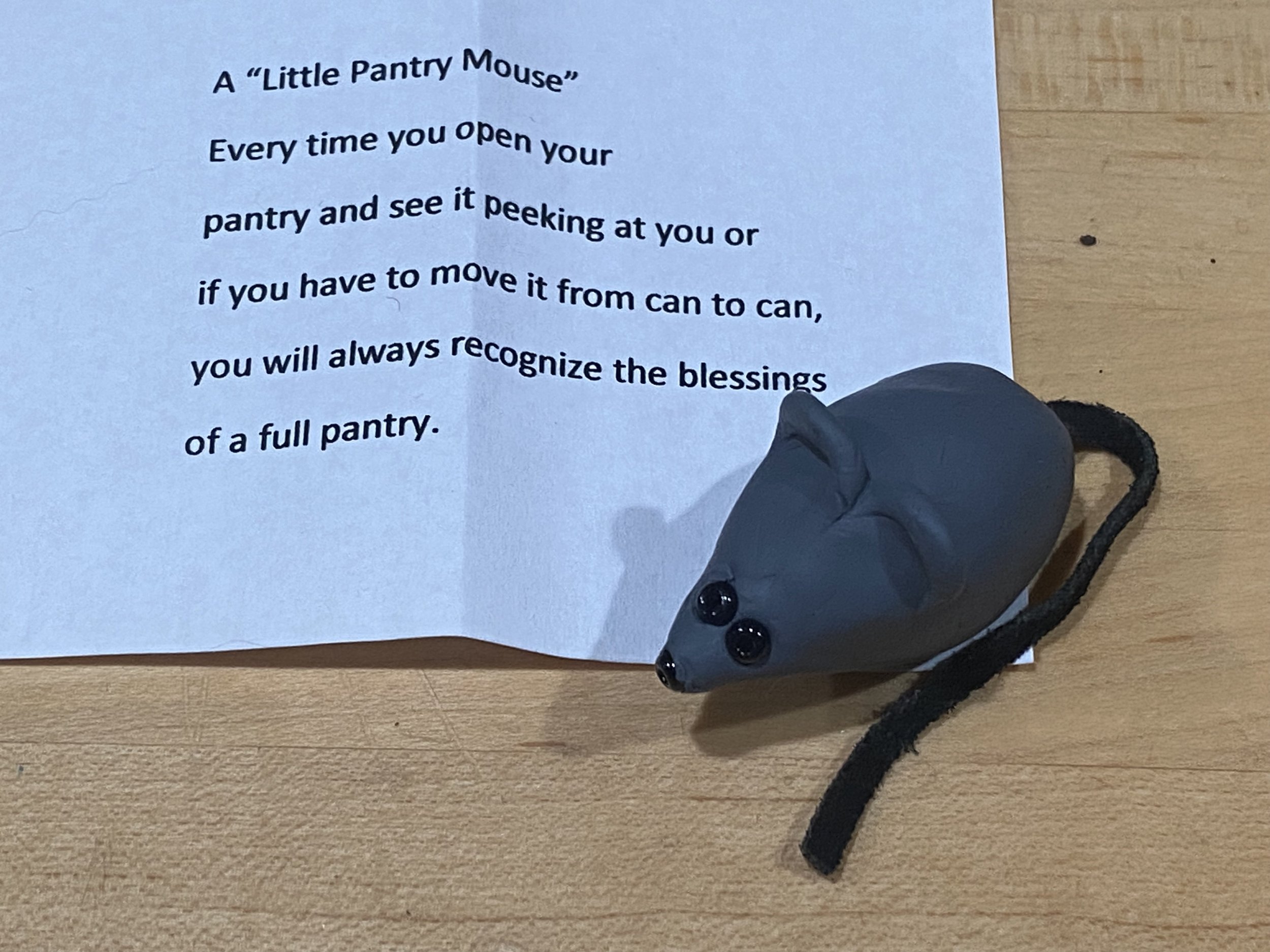Fresh Picked Early Daffodils
/After 3 days from being picked, the early daffodils are starting to bloom. (Photo by Charlotte Ekker Wiggins)
Fresh Picked Early Daffodil
The forecast was for record-breaking cold weather with a dollop of snow after the forecasters said we would have an early spring in mid-Missouri, USA. Greenery was starting to pop up in my garden including one of my favorite spring flowers, the early, old-fashioned daffodils sprinkled through my one-acre hillside garden.
These daffodils have been rescued from several old house sites with the owner’s permission. They are not big, or fancy, their claim to my heart is that they are the first daffodils to bloom in spring, a promise of more flowers to come.
When I heard the forecast, I headed outside to see if there were any daffodils getting ready to bloom. Although they can often make it through snow, I wasn’t so sure about record cold temperatures so I picked a few already in bud form.
Once inside, I trimmed their stems to the same length and placed them in a 5-inch porcelain flower vase that easily fits on a tray on my den coffee table.
These are the early daffodils right after they were picked. (Photo by Charlotte Ekker Wiggins)
After the first couple of days inside, the early daffodil buds started to show progress as the sweet yellow flowers made it to the blooming stage.
I have two kinds of very old-fashioned daffodils in the vase. One is the small, early daffodils and the second is a double daffodil no longer available on the market. The double daffodils are not as reliable as cut flowers, you can see the one on the bottom left is drying up faster than the one in the center. Although I know the double ones sometimes don’t develop as cut flowers, I included these two in case they made it.
Second day of sitting in my tiny flower vase. (Photo by Charlotte Ekker Wiggins)
I also gave a friend a tiny bouquet of these early daffodil buds for her kitchen table. She said they are all open now and greatly cheered her up during this last winter storm.
There’s a third different kind of daffodil getting ready to bloom. (Photo by Charlotte Ekker Wiggins)
Wait, looks like I have a third kind of daffodil getting ready to bloom with the early daffodils. See the white daffodil bud?
Fun to try to guess what color this will be once it blooms.
Early daffodils are one of those wonderful spring blessings like in this spring blessings lap quilt throw, a sign that cold weather should be almost over and a promise of warm days in the garden ahead.
Charlotte


